Early morning on a Saturday in May I headed out on my routine weekend nature trip into the desert. My visit was to a desert area in Sharjah that is approximately 25 kilometers away from Sharjah City and is an area I have been frequenting now for a few years. My trip goals were two-fold: to enjoy a long desert hike and hopefully burn some fat and to document any interesting plants and animals I might see encountered. I must happily admit that I achieved both goals…read on about what I found.
The main purpose of my trips is to document nature and wildlife as I see it and I carry a camera with me on each trip-photographing and documenting my finds as I move about. I do not consider myself to be a photographer in the broader term of the word, preferring to be labeled an amateur nature documentarian, as that is really what I do and where my passion lies.
06:00 to 07:30 AM-It was just after sunrise when I first set foot on the desert sand. As usual, the feeling was simply immense. A quick visual survey from atop a high dune and I proceeded to mark out my trip itinerary. I determined that I would head out a few kilometers deep into the desert to ensure I wasn’t too close to the highway (the noise and ground vibrations of vehicles discourage desert creatures, especially reptiles, from venturing too close to highways).
Adding to that fact, I personally wanted to stay as far away from urban settings on this trip as possible. Living in the concrete jungle (or make that desert) in Sharjah City, I love to take a break from the monotonous urban life and make a beeline for the desert.
Many of you may think the desert is a barren place devoid of any life save for a few camels and shrubs. Well, this is not the case with all deserts. Yes, there are areas such as the Rub Al Khali (Empty Quarter), straddling the Kingdom of Saudi Arabia, the United Arab Emirates and Oman that can be termed as inhospitable for normal life but even out there one can findresilient desert plants and creatures who survive.
This particular desert area I was visiting could almost be termed a semi-desert landscape as there were the odd naturally growing Ghaf trees (Prosopis cineraria) and in some areas forming thick groves.
My first find as I trudged along the dune sands was a brown-necked raven perched atop a sand dune about 50 meters away from where I was.
From a distance, it is virtually impossible to distinguish them from common crows but once they take flight you can tell they are quite bigger and a lot more shy. They also do not flock together like crows and are usually found solitary or in pairs. No sooner had I gotten close to it, it took flight.
I managed to take a few shots of its tracks on the dune and moved on ahead. As I descended the dune, I could see distinct tracks of all sorts of creature activity that had taken place a few hours before. There were literally tons of beetle tracks, tracks of a baby sand snake, a jerbil (that had hopped about on its hind legs for a bit and then trudged along on all fours into its hole), white spotted lizard tracks, Eastern skink tracks, etc. I trailed an Arabian red fox’s tracks image below) as it trudged about on the desert sand and at one point seemingly walked n a circle in an area where perhaps it eventually lay down to rest or found something interesting to investigate.
On a low-lying dune and near a Calotropis procera (Sodom’s apple milkweed) in full bloom, I came across an interesting sight – a small jumping spider riding atop a desert beetle (images below). It was a rather strange and funny sight. As I got down to ground level to take some images, the beetle decided to bury itself under the desert sand leaving the jumping spider suddenly stranded with a huge mammal looking down upon him. I moved on ahead.
Further ahead, I found a Tenebrionid beetle (highly likely to be Prionotheca coronata or Urchin beetle) that uses an interesting defense tactic when threatened and clearly it did feel threatened as I approached it to take some pictures. It literally dug its head into the sand raising its back and in the process exposing the sharp edges all along its abdomen (image below).
This is its usual defense strategy against would-be predators to ward them off! Moving on, I came across a desert lark, a foraging desert runner ant, a beefly, and a robberfly. The robberfly is amongst my best friends in the desert as they usually stalk humans and other mammals in the desert.
Reason? Well, that’s because we attract flies and other moisture-seeking creatures that are after our sweat, saliva and other body fluids and are prey for the robberfly. This particular robberfly rid me of two flies in quick succession snatching them in thin air (in fact snatching one just off my nose).They usually land nearby after they stab their victim and then suck them dry through a long proboscis! (image below)
07:30-08:30 AM-Trudging along between the dunes, there were many interdunal plains or gravel plains (sometimes termed sabkhas). It is interesting to note the stark difference in the flora and fauna between the sand dunes and the interdunal plains. Just as I was descending a dune to get onto one of these interdunal plains, I noticed a small egg (image below) at the base of an Al Rimth (Haloxylon salicornicum) shrub.
On further examination, I suspect it belonged to a sand snake or Schokari sand racer. It didn’t seem like it was damaged so I relocated it, moving it away from the harsh desert sunlight to a shaded shrub area and covered it with some dry grass and sand to help with incubation, just in case.
Further ahead and on a Sodom’s apple milkweed, I found many Harlequin bugs (Lygaeus equestris) also called black-and-red bugs. They were feasting on exposed seed pods of the plants and for some reason were partial to one particular plant among the more than 6 dwelling in the area. I found this rather interesting since further on the trip I came across many other plants of this species but none of these plants had this bug (image below).
08:30-09:30 AM-I had seriously had enough of small creatures, I thought to myself, and scouring surroundings spotted a potentially rich area for reptiles. I headed out there in the hope that I would at least find a reptile or two. It was starting to really heat up and I was sweating a lot.
Gulping down on some water, I laid down to rest for a few minutes under a lone Ghaf tree a short distance away. I was extra cautious there weren’t any desert mites about as I usually find them at the base of trees during summer.
These small creatures are attracted to carbon dioxide emitted by humans and other mammals and can sometimes wait for months before they chance upon a mammal (mostly a camel) to suck blood from and then fall off and lay dormant for months again or until another such opportunity arises.
On one occasion last summer I walked meters away from a tree which had a sizeable mite population but they were still able to detect my presence and head towards me when I was upwind thanks to the carbon emanating from my body. This is really an amazing survival strategy for a creature only a few mm across. I reached my spot shortly after and my eyes lit up as there seemed to be a lot of construction debris (discarded paint/cardboard boxes, plywood, etc).
Reptiles like to seek shade during daytime and besides shrubs and holes, they also seek out dry wood and other organic debris to do so. Here in front of my eyes was a herper’s paradise in the form of all the debris that I could look under. However, I wasn’t too positive I would find much owing to the time of the day (mid morning) but was nonetheless itching to try.
Turning a few planks of wood over, there were only termites and the odd Wolf spider that I find on every trip but under a rotting plywood plank, I saw distinct tracks of a Zarudny’s worm lizard (Diplometopon zarudnyii) which suggested that they could be out and about.
It made sense as these creatures are more active during summer and I have previously found many under wood and other organic debris where they are typically feasting on termite colonies and ants, their staple diet.
Under another plank, I found a Baluch ground gecko (Bunopus tuberculatus) and this particular individual was displaying a trait or habit I have never seen or documented before (images below). It kept opening it’s mouth at me and I got down to ground level to take some images as you may see below. Some of them almost seemed like he was laughing at me.
Anyway, it was at this point after I was literally lying on the gravel plain that my eyes caught the attention of a sand snake lying a few meters ahead. It was obviously eyeing me with curiosity but was still too far away for me to take any pictures as I had my macro lens on.
I crouched a few steps ahead with my eyes fixated on it but alas, the sand snake was too fast for me and in seconds slid a few feet across into its hole. These snakes are extremely fast on sand, sometimes barely leaving a track, seemingly flying across the surface. Disappointed, I moved along to climb up a big sand dune to see what else I could find and record.
09:30-11:00 AM-I had a cap on to protect my head and dark sunglasses to keep the bright sun glare down to a bearable level so I really didn’t feel I was at any risk for heat exhaustion/sun stroke.
My real concern, however, was how quickly I was losing fluids. I was sweating a lot more than I expected and was worried I would not be able to replenish my fluids any further as I was going low on water too even though I started off with 2 liters.
I was now down to 500 ml to last me the trip back to the highway and I decided to do so immediately. As I turned round, I saw something moving in the distance on a sand dune just across the one I was on. It looked like a desert monitor to me so I ran like a mad man. I didn’t care about all the sand getting into my shoes as I descended the dune in a flash and climbed the other one.
Caramba, there he was! literally by the entrance to his den. One look at me and poof, he disappeared into his den in a flash just like the sand snake did, not allowing me the privilege of a photograph.
I was disappointed but still happy to have seen a desert monitor up so close this trip. With nothing else to grief about, I moved on back towards the highway. En route, I came across a juvenile white-spotted lizard (Acanthodactylus schmidtii) and then the last find of my trip (and one that made my otherwise reptile image-deficient trip worthy) – a nice adult yellow-spotted agama (Trapelus flavimaculatus). This agama can change its color to match its mood to a feisty alternating spectrum of blue/orange but it stay put with its pale form as the Rimth bush I found it under was pale. I didn’t spend much time with it but did manage some good documentary images.
As I headed back to urban settings, I stepped back onto the asphalted highway with a feeling of pleasure, not because I was going to head back to civilization again but more so since I had achieved my primary goals! I cannot but wait to be back here again next week.

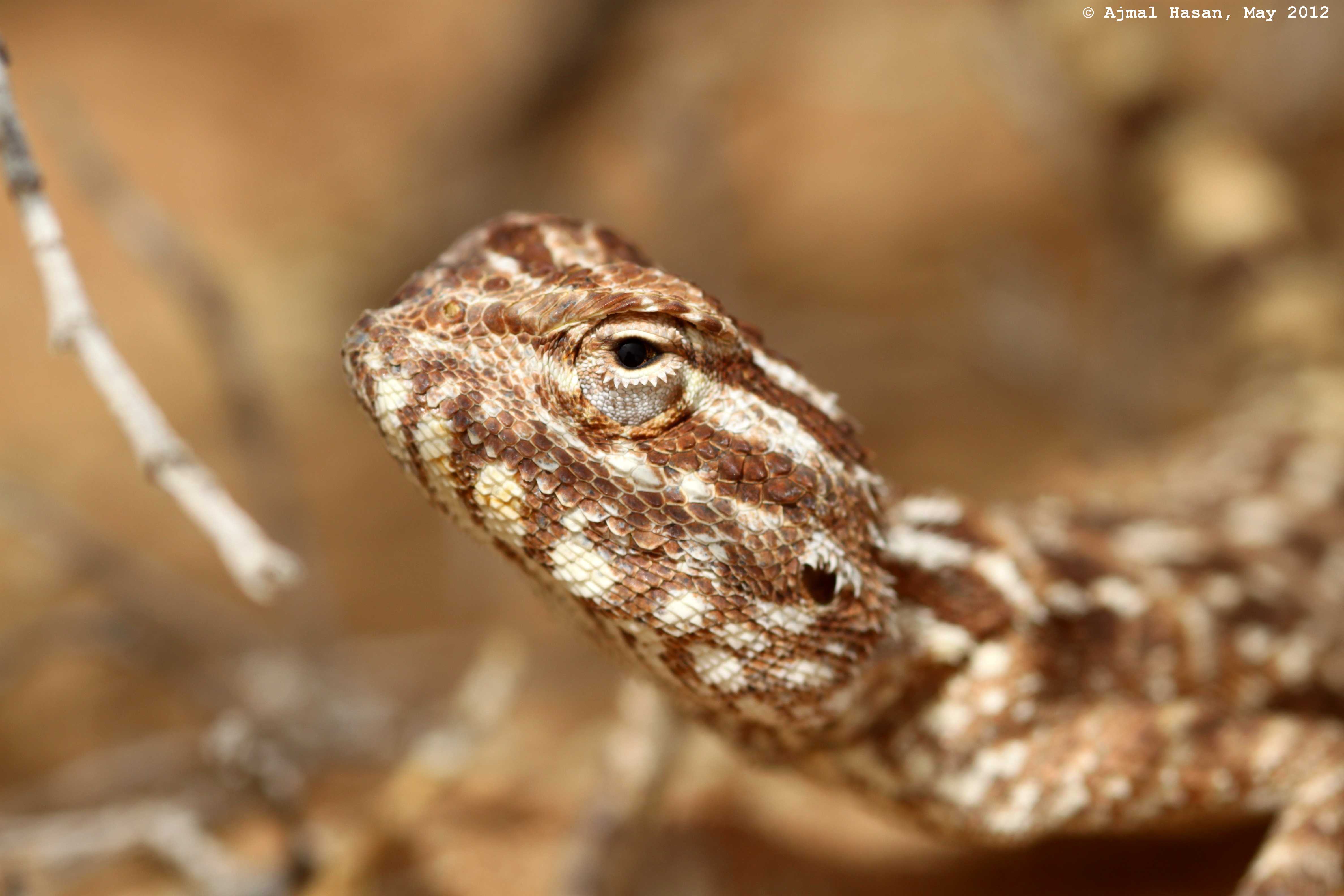
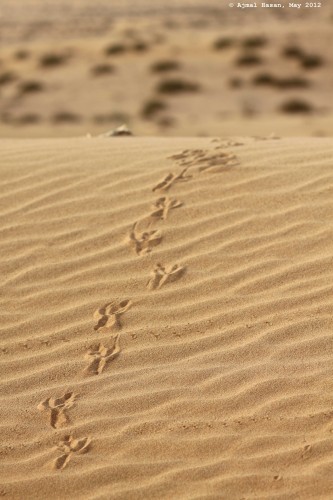
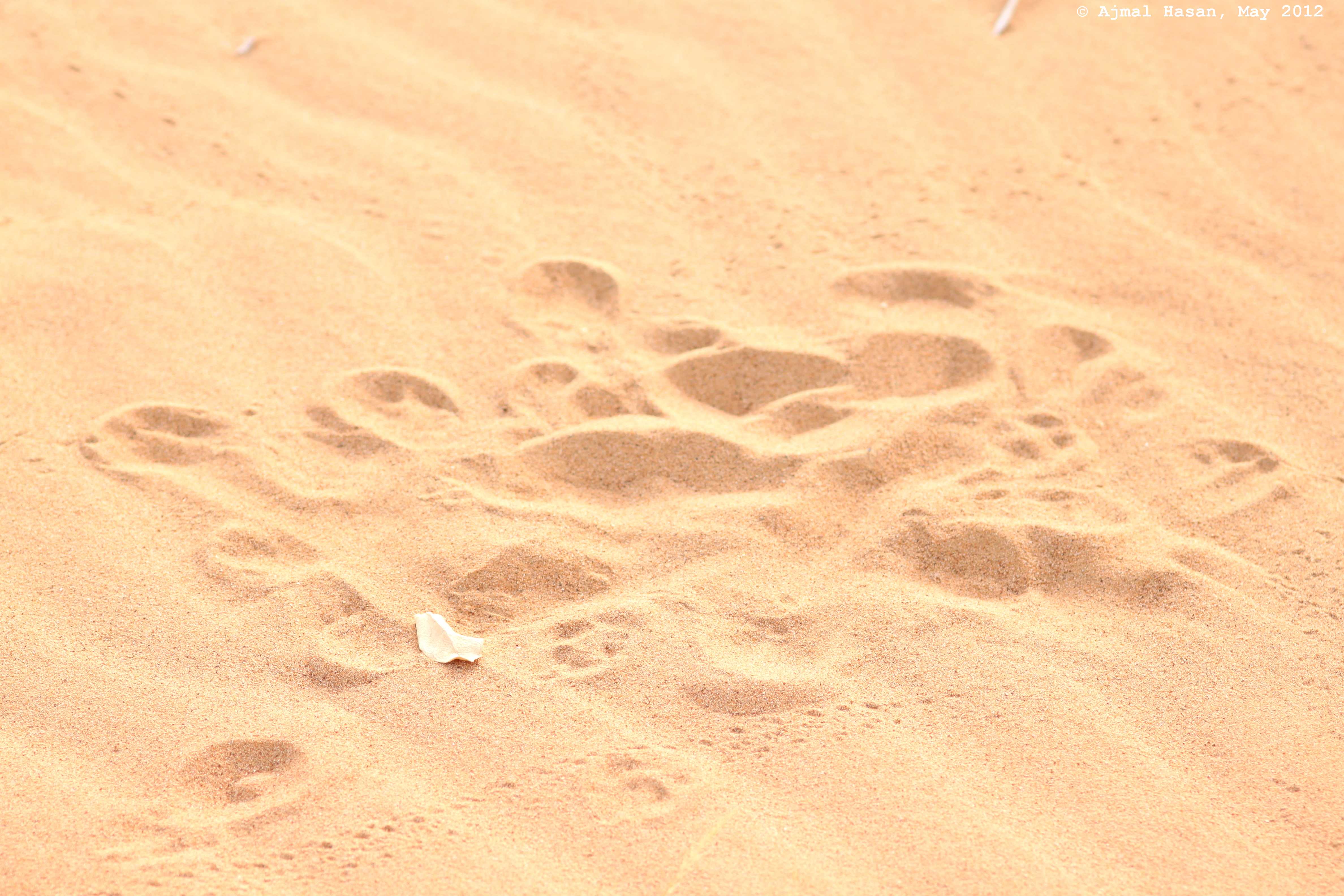
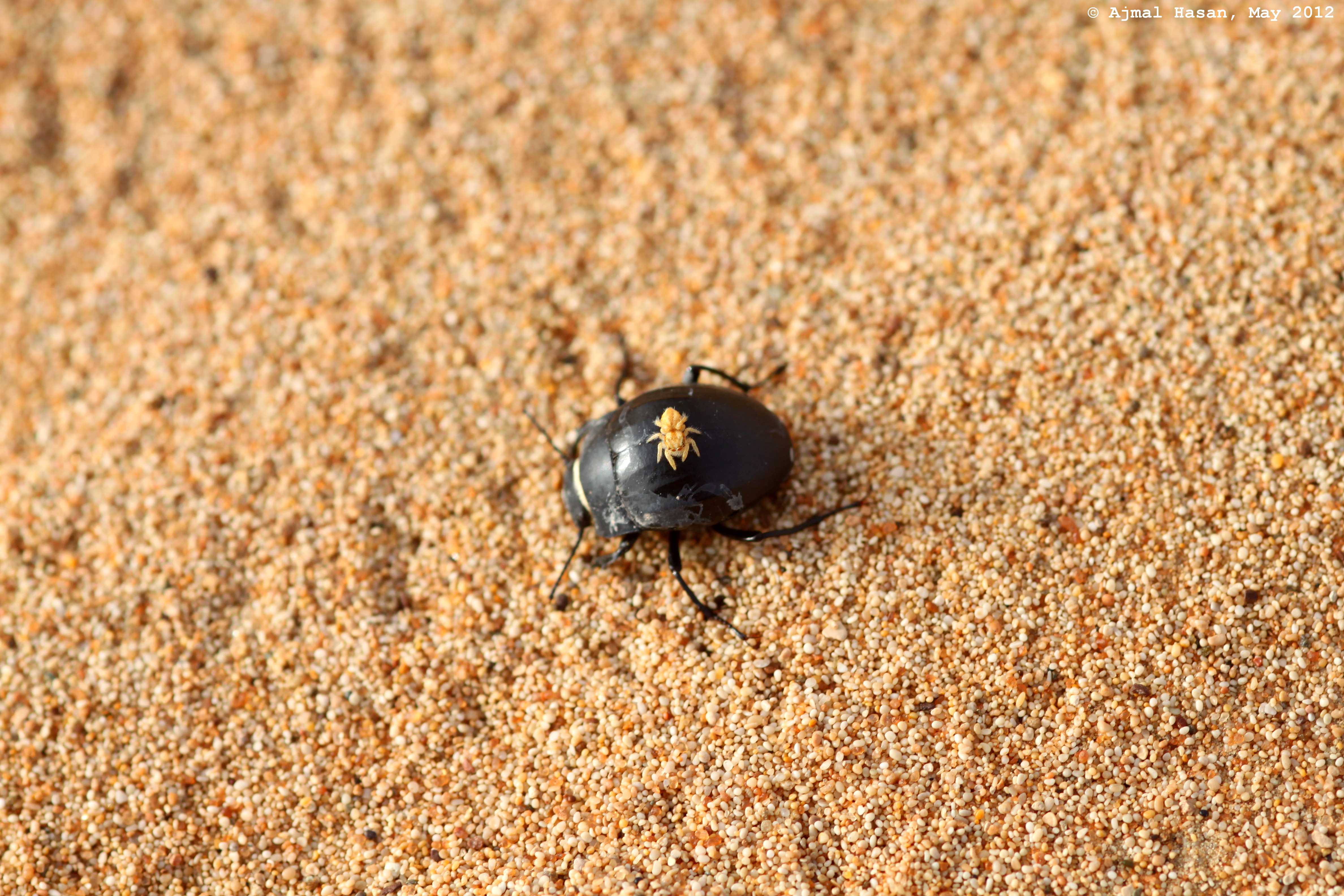
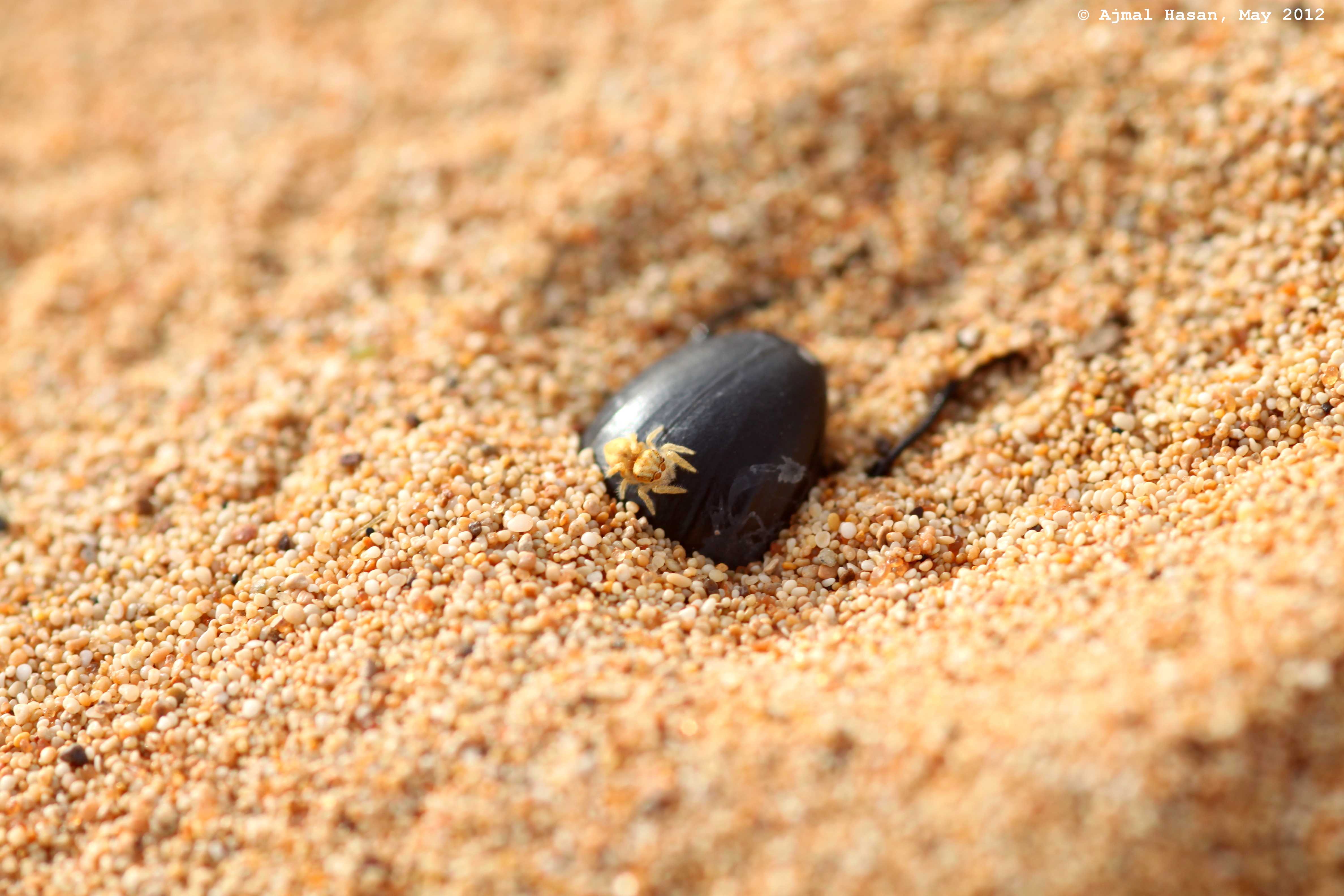
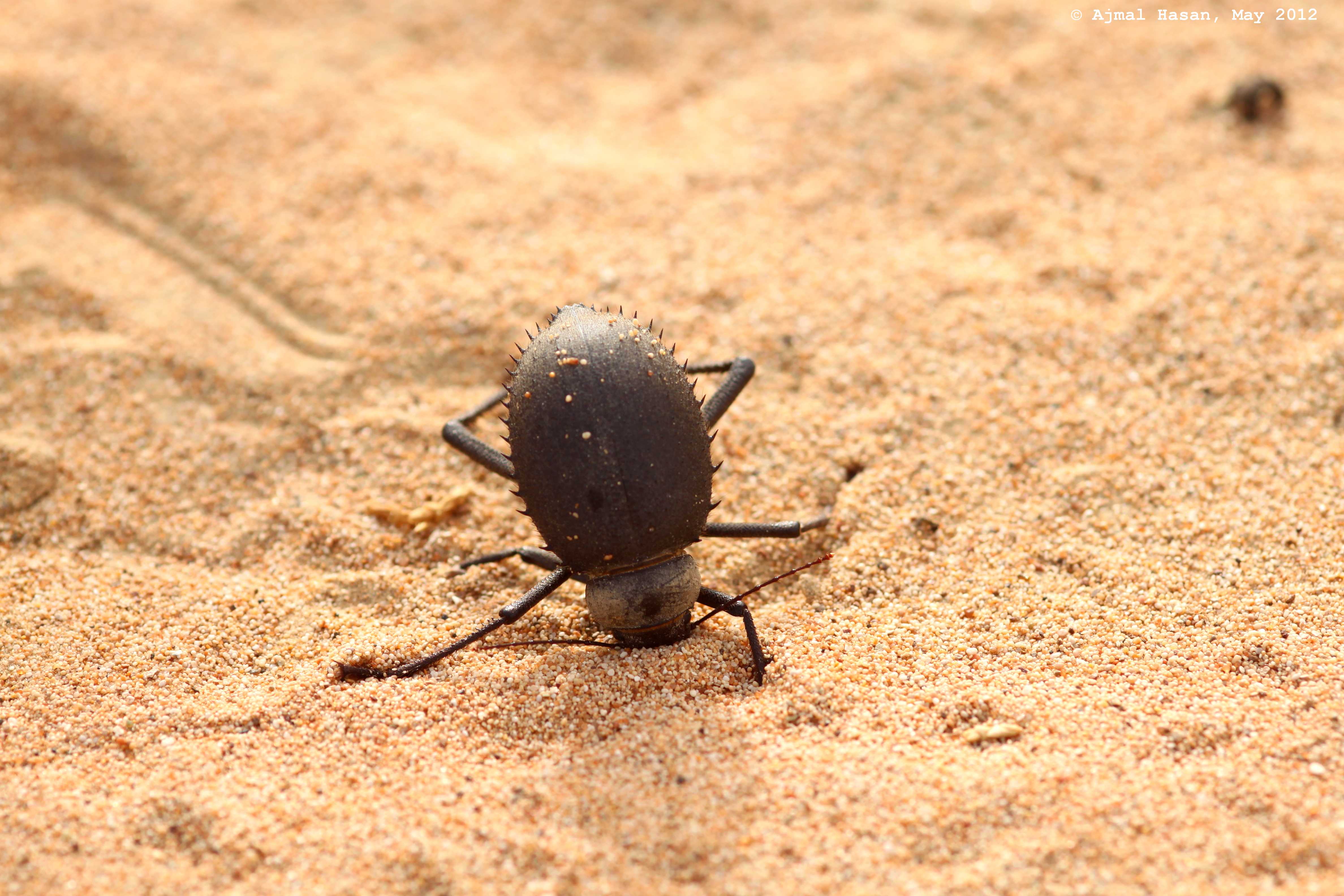
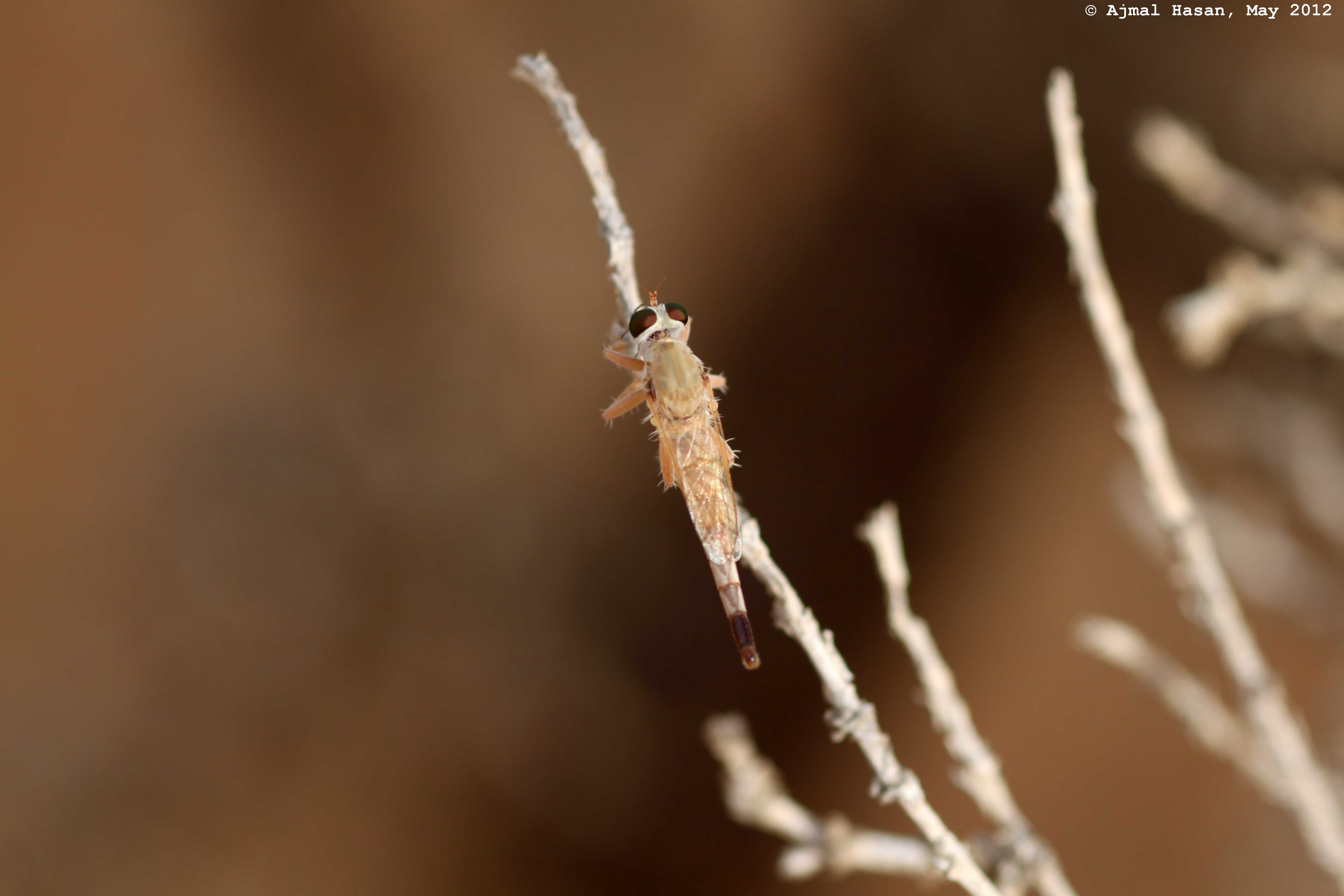
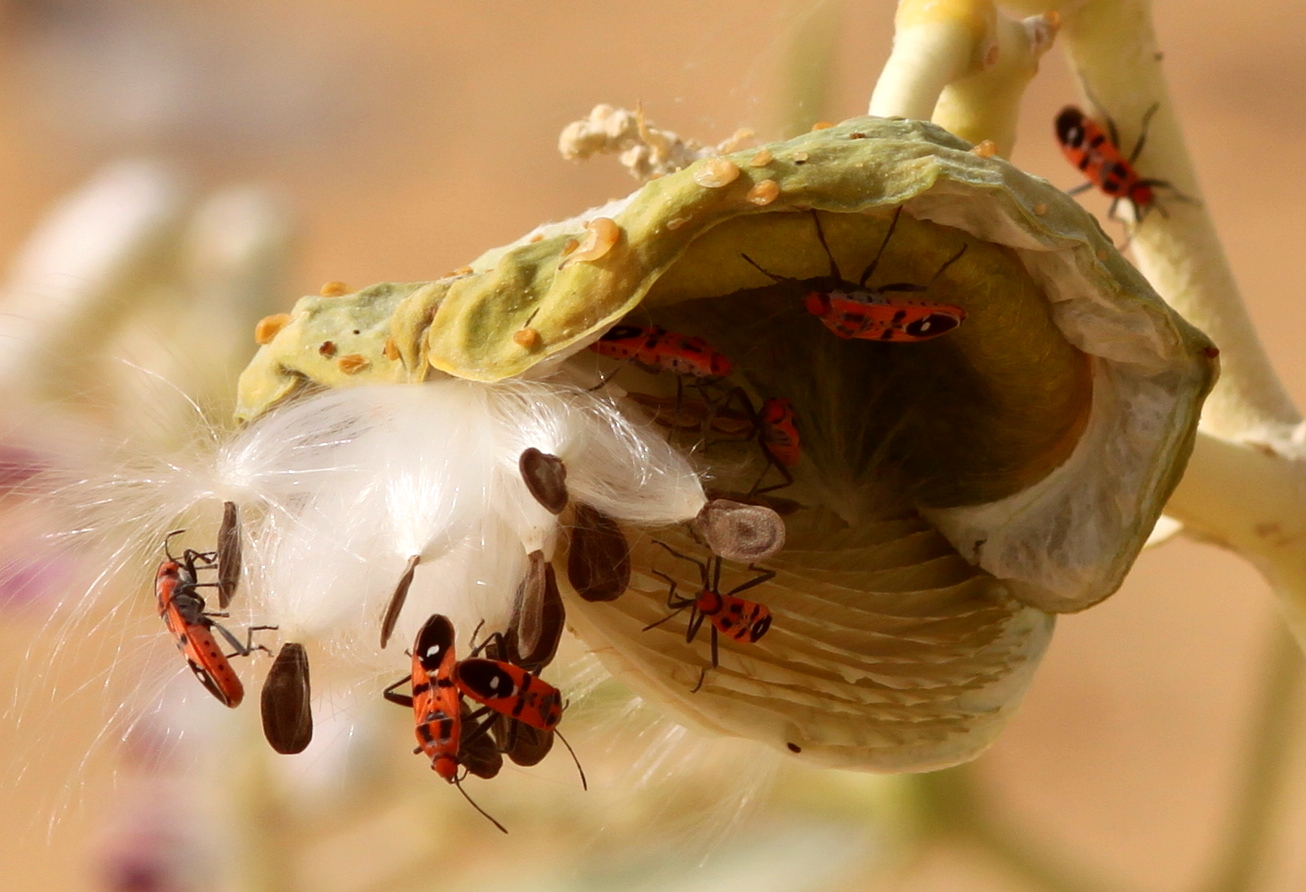
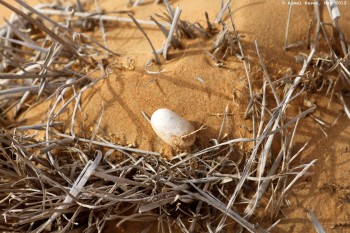
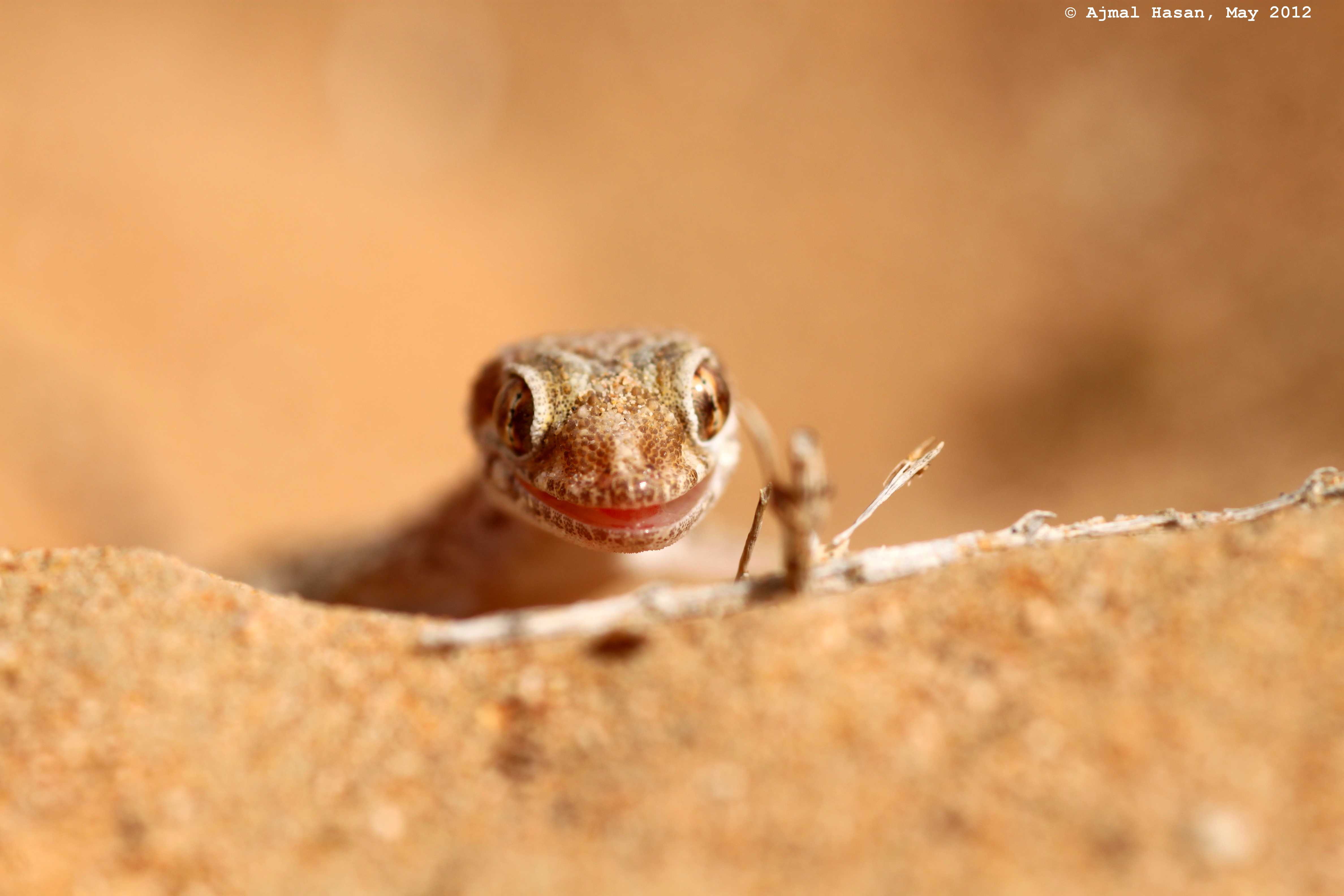
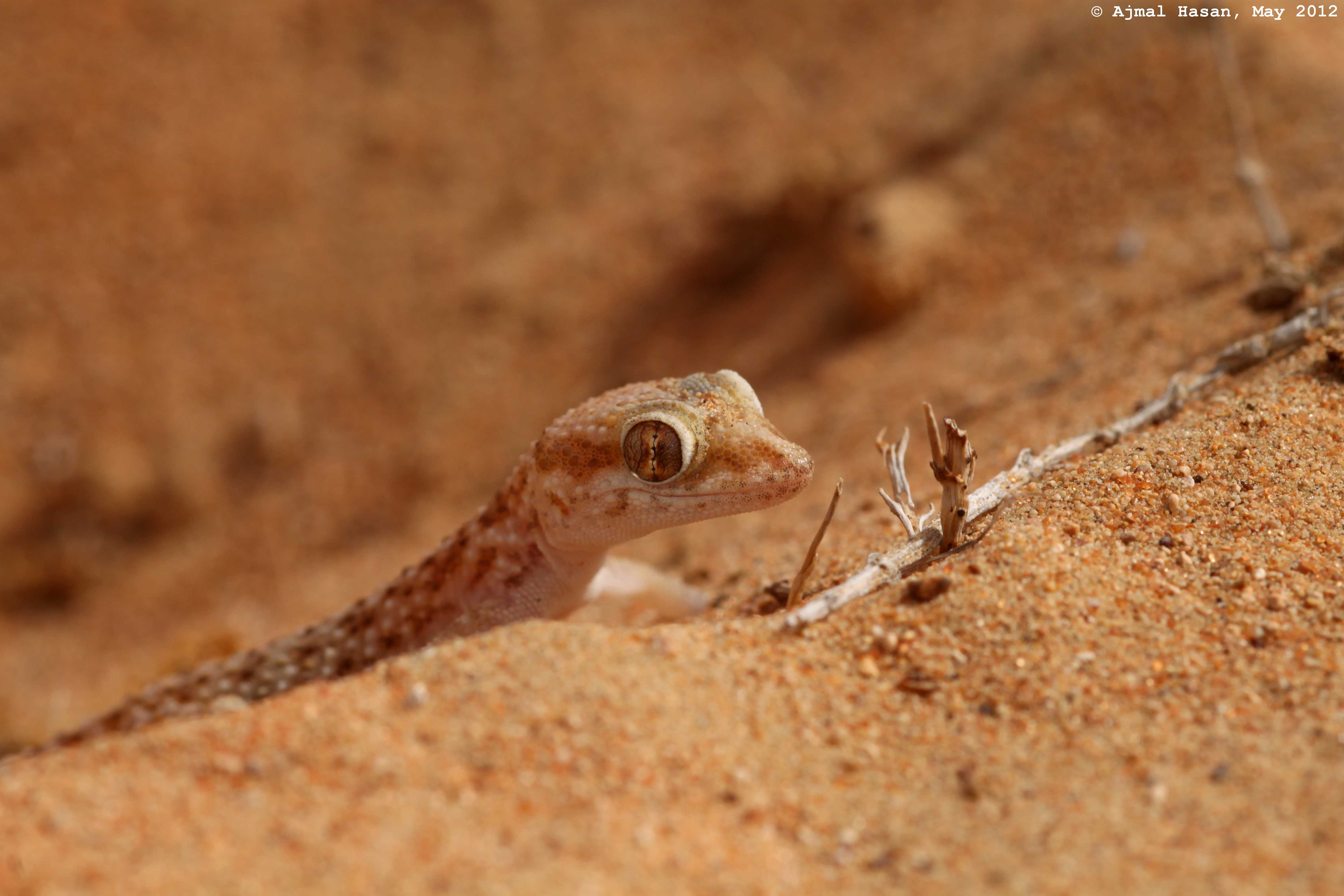
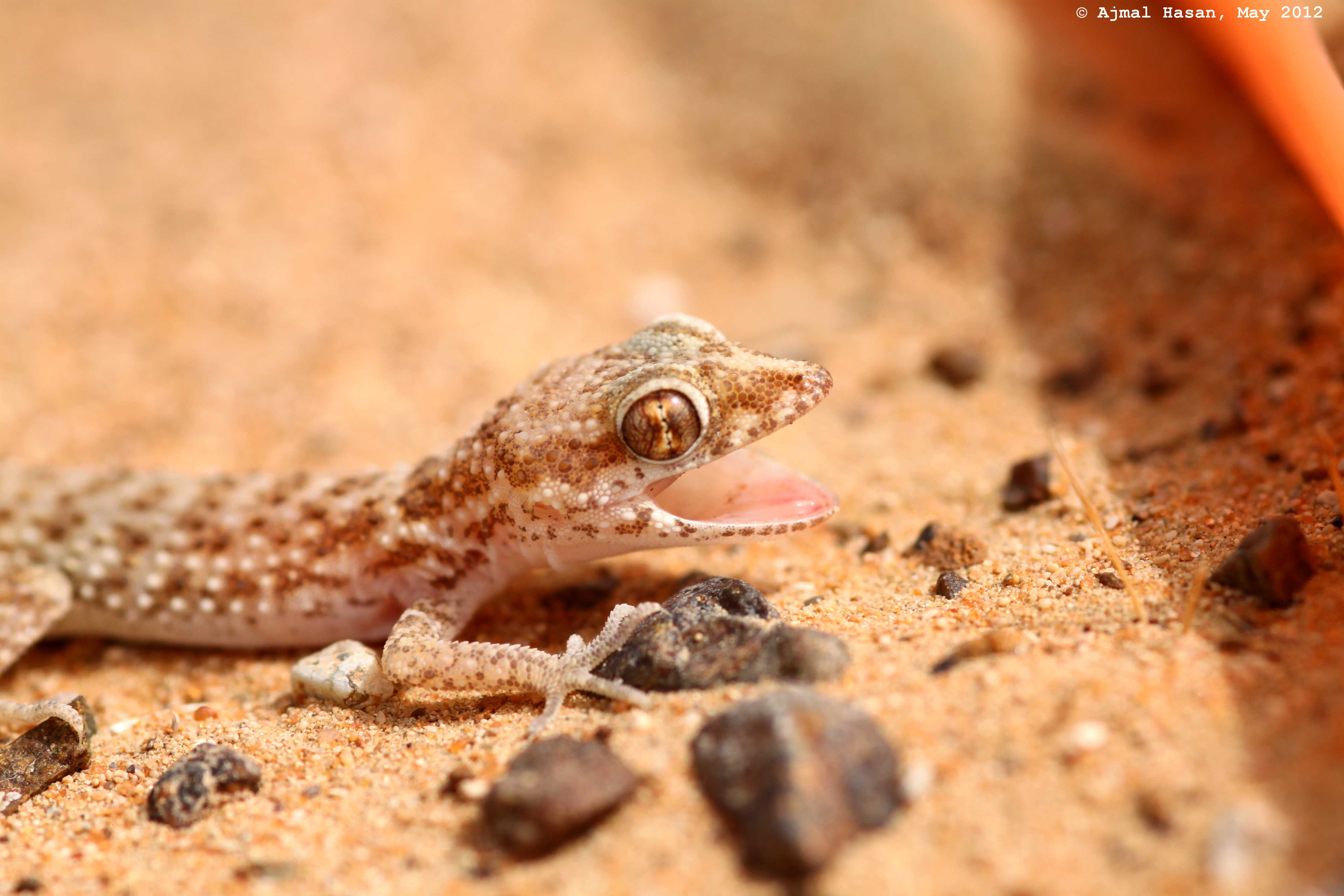
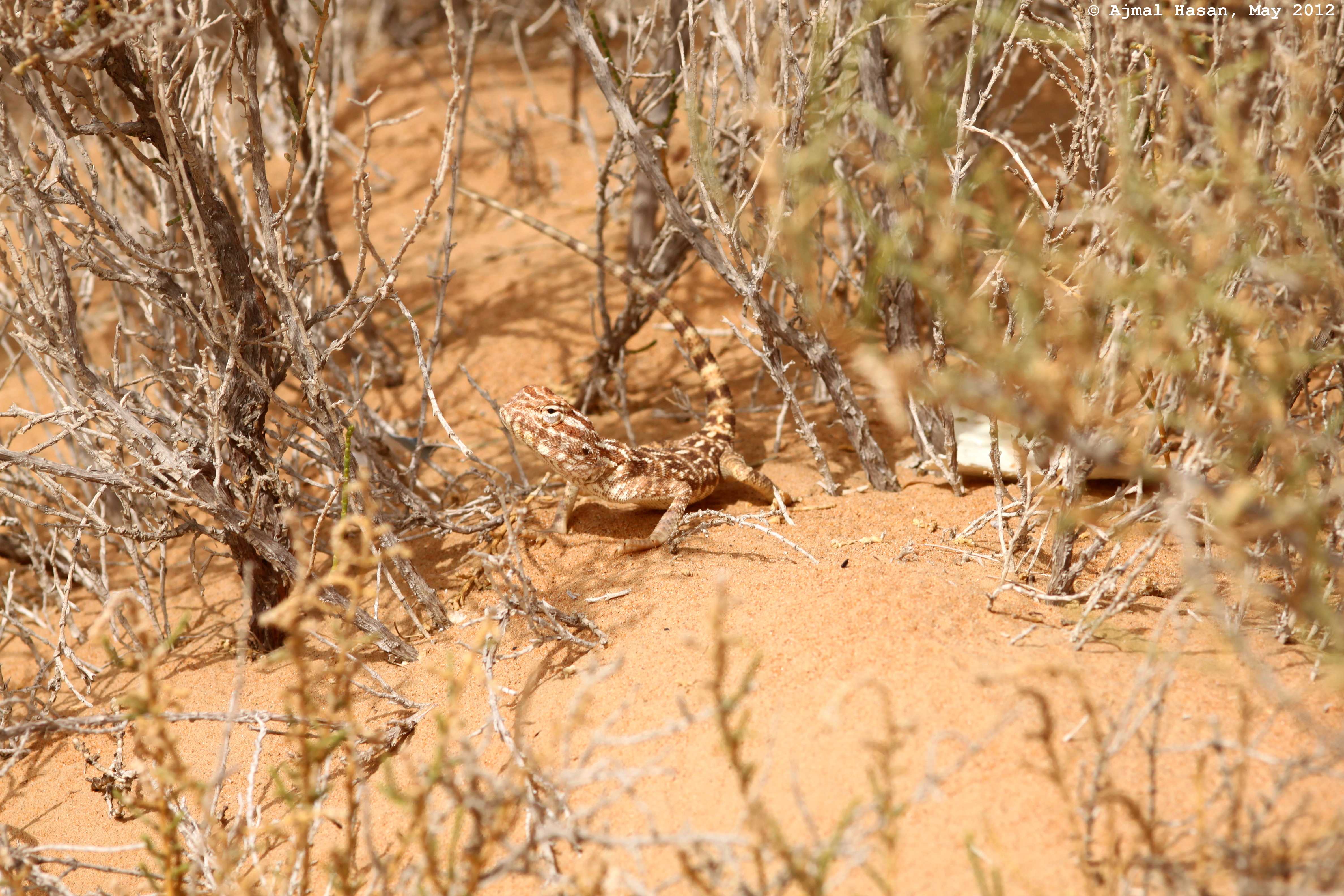
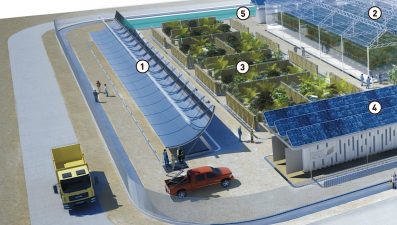
Hello 🙂 Can you please tell me about the smooth, shiny backed desert beetle (w/ spider on for the ride). Does it have a latin name? Thank you!
These shots are so beautiful. Thank you for sharing your experience.